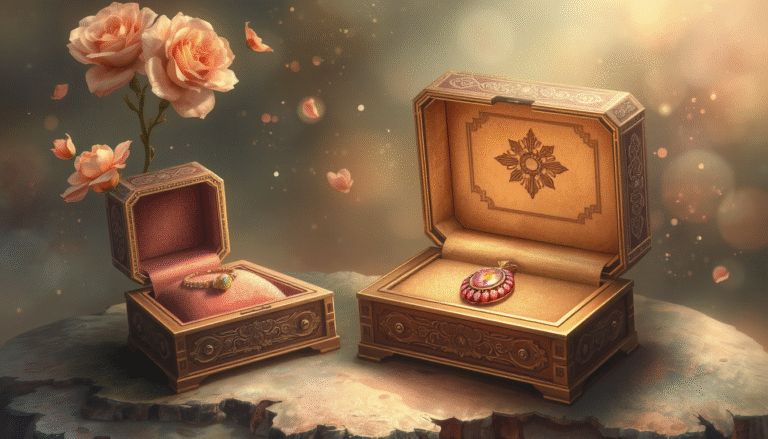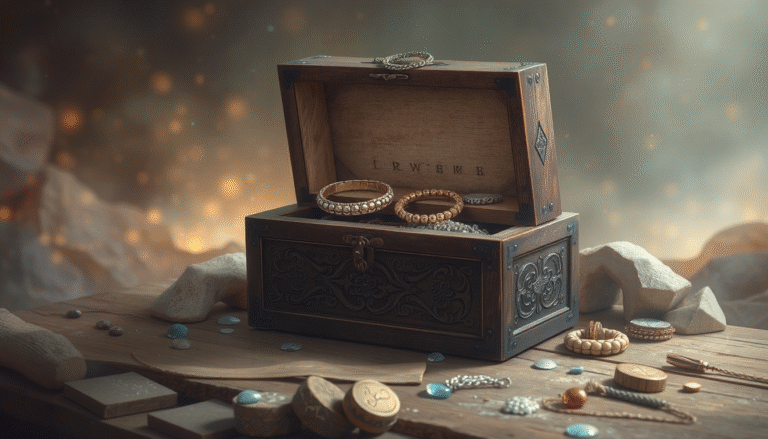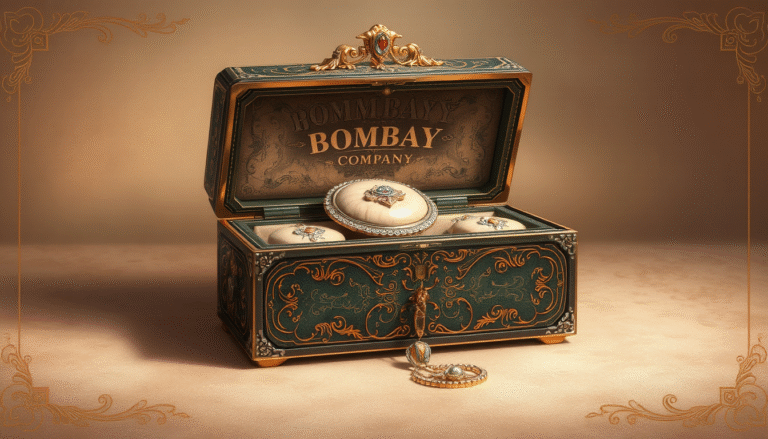The journey to a custom made jewelry box is about turning your vision into reality. It’s about making something that mass-produced boxes can’t offer: a piece that tells your personal story, strengthens your brand, or becomes a future family treasure.
This guide will make the process clear for you. We will help you through each choice, from your first idea to the finished product, making sure your box is truly special.
The Spectrum of Customization: From Simple Personalization to Truly Bespoke Creation
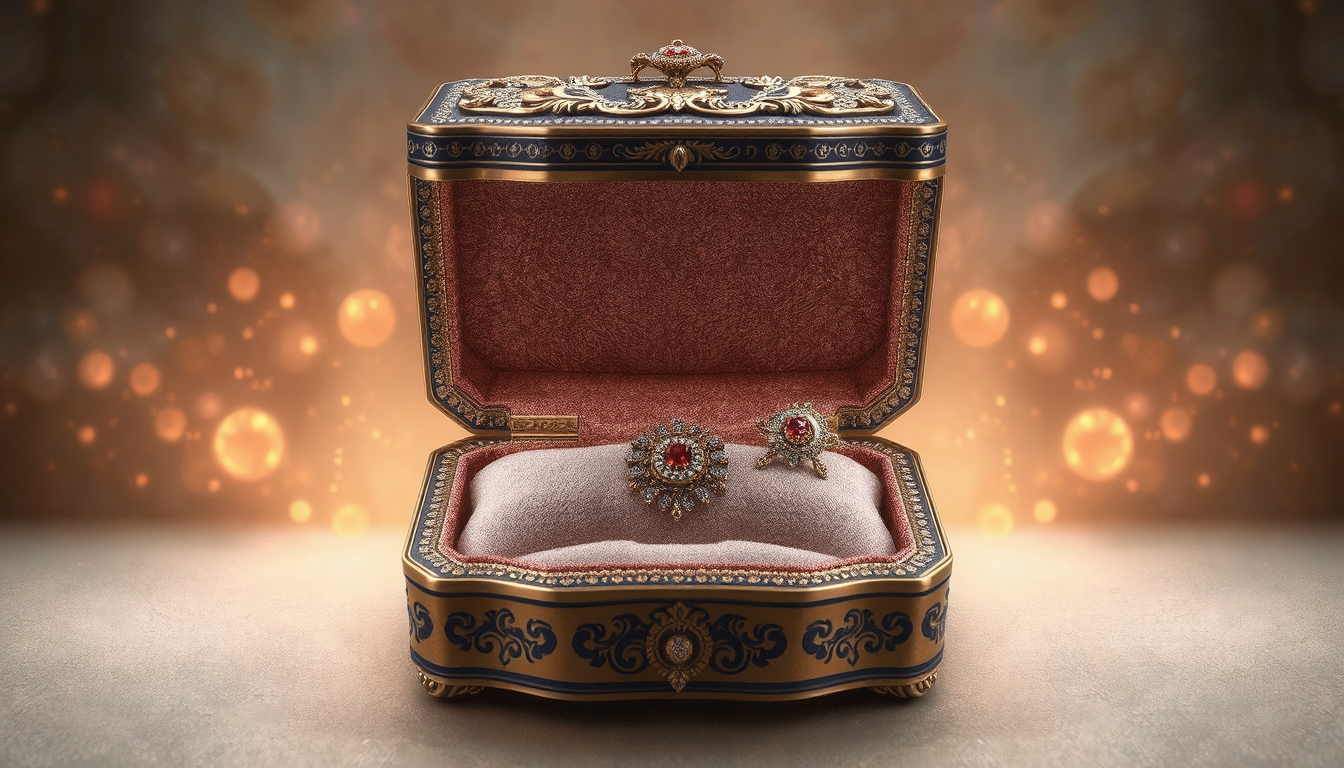
Your first step is to come to grips with what “custom” really means. The term encompasses a range of possibilities, and knowing what you’re looking for will dictate your budget, timeline and, in some cases, how much agency you’re going to have.
Level 1: Personalization (Surface Customization)
It’s the simplest method for a custom job. It is to take a plain box design and add you into it.
Call it the equivalent of signing your name to something. This could be a name, initials or a special date, for example laser-engraving. You could also be able to choose from a selection of colors or lining materials.
This tier is good for anyone who wants a thoughtful gift over night, or companies wanting to slap their brand onto a product without spending a lot.
Level 2: Semi-Custom (Structural Modification)
Semi-custom gives you more control, but it doesn’t mean starting from scratch. You start with a basic design and swap out critical components to make it do what you want.
This might involve swapping out the interior sections for certain types of jewelry, combining materials like wood and leather, or selecting special hardware finishes.
This option is great for someone with specialized needs (like a watch collector who needs exact cushion sizes), but who doesn’t want an entirely new design.
Level 3: Fully Bespoke (True Creation)
This is the highest level of customization. A fully bespoke, or custom made jewelry box is designed and built completely for you. Every measurement, material, and detail is your choice.
The only limits are your imagination and what’s physically possible. You could have unique shapes, rare woods, or complex mechanisms made just for your jewelry.
Fully bespoke is for someone wanting a true family heirloom or a brand creating unforgettable packaging that defines who they are.
The Artisan’s Path vs. The Manufacturer’s Scale: Which Route Is Right for You?
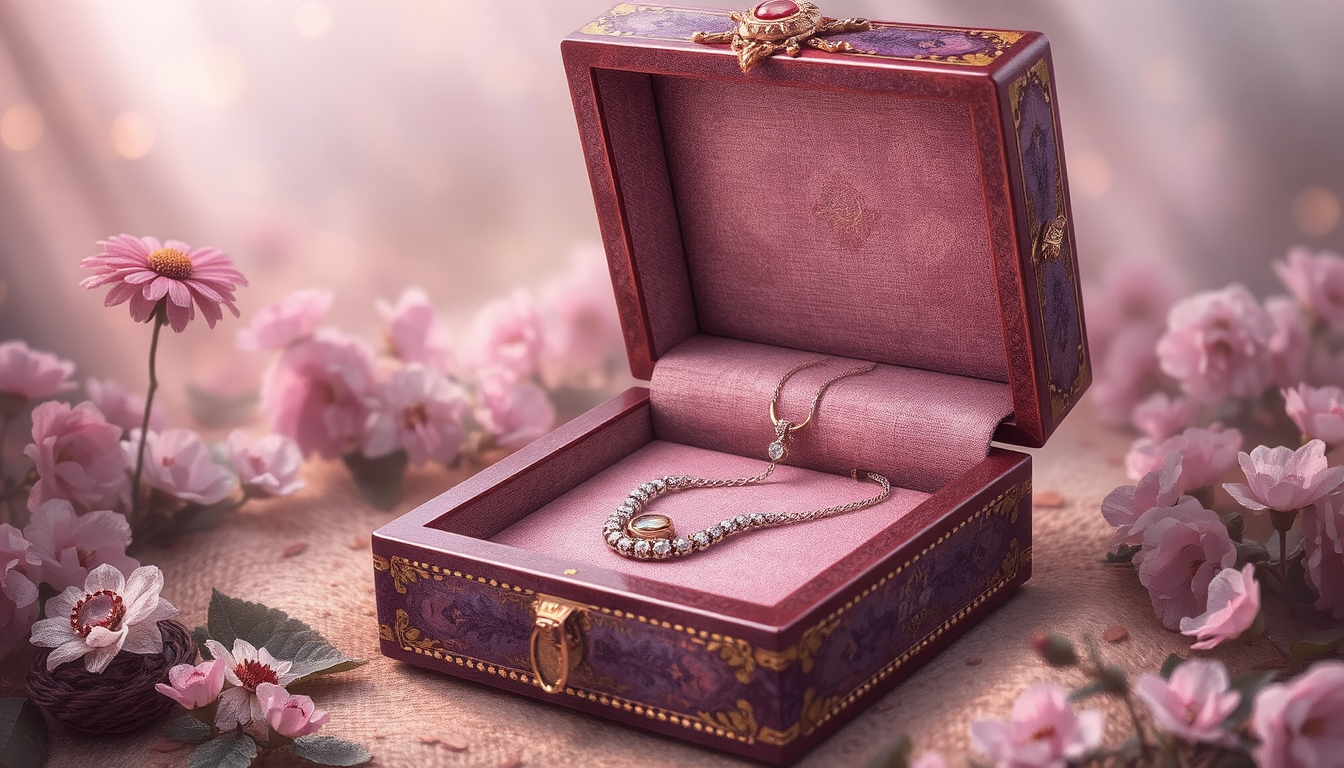
Your choice of who makes your box is the most important decision in this process. It will shape the final product, the cost, the timeline, and your overall experience. You have two main options: an independent artisan or a custom manufacturer.
The Artisan/Craftsperson
An artisan is someone who makes things by hand, usually one at a time. Working with an An artisan is a person who makes things with his hands, typically one at a time. Collaborating with an artisan is such a personal thing, you find a way to collaborate.
You’ll speak directly with the person who selects the wood and builds your box. This choice offers good versatility when it comes to materials and design, including bits of art and flawless handmade details. This is a concept that many people know in handmade woodworking circles.
A level of personalized engagement that is more expensive and time-consuming. It’s good for a meaningful gift, for a family heirloom or as a display for fine jewelry.
The Custom Manufacturer
A job shop produces in small lots or even one at a time, often with a great deal of manual labor involved; a custom manufacturer designs and produces products in larger numbers, usually employing more machines and efficient processes. This choice grants consistency, efficiency and better prices, particularly for larger orders.
You likely won’t be chatting directly with the maker, but manufacturers can be superb at brand elements like letterpress printing, foil stamping and exact color matching. They are fast and have volume.
That efficiency tends to come with a minimum order requirement and less room for one-of-a-kind flourishes. Jewelry brands looking for solid packaging, stores or large gift orders – this is your boy.
| Feature | The Artisan/Craftsperson | The Custom Manufacturer |
| Best For | Heirlooms, unique gifts, luxury display | Brand packaging, retail, corporate gifts |
| Customization Level | Fully Bespoke, highly flexible | Personalization to Semi-Custom |
| Minimum Order | Typically one | Often 100+ units (MOQ) |
| Cost Per Unit | High | Lower (decreases with volume) |
| Lead Time | Weeks to months | Days to weeks |
| Communication | Direct with the maker | Through sales/account managers |
| Key Advantage | Unique artistry & personal touch | Scalability & branding precision |
The Anatomy of a Perfect Custom Made Jewelry Box: A Deep Dive into Materials & Design
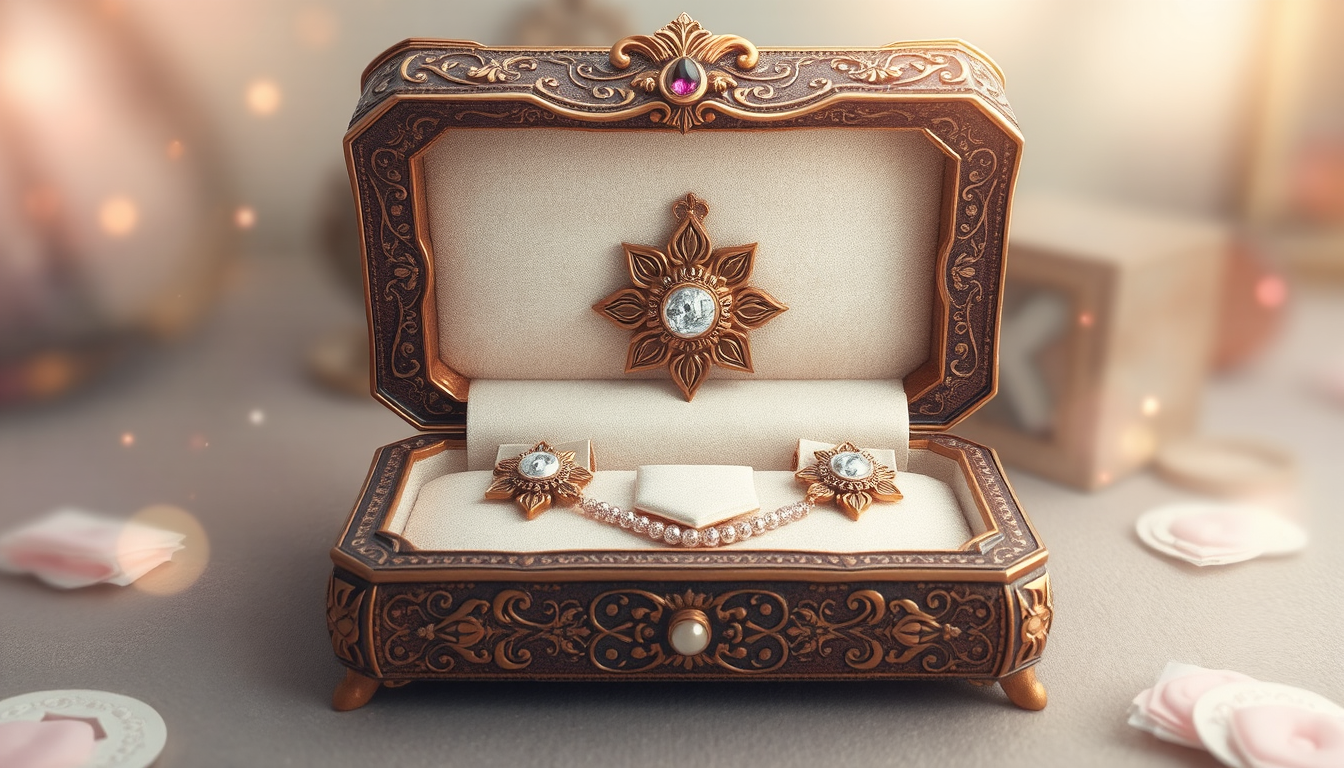
The heart of a custom made jewelry box is in its materials and design. Good choices here will make your box truly special.
Choosing the Right Exterior Material
The outside of your box makes the first impression. It sets the tone for quality, style, and durability.
-
Wood: The classic, timeless choice. And every sort provides a different look.
-
Walnut: Known for its deep, dark hue and attractive grain. It looks sophisticated and traditional.
-
Cherry: Lighter on the nose and gets darker as it ages which is great when it comes to showing one’s age.
-
Maple: Creamy and light with subtle grain, a very clean and modern look; excellent for engraving.
-
Burl Wood: A product of tree growths, this type has swirling patterns that are fantastic and unique for each piece.
-
Consider how hard it is when you’re choosing a wood. The higher the number on the Janka scale, the more resistant the wood is to dents.
-
Leather/Leatherette: Feels luxurious and refined. High quality leather saves you money in the long run, but people still prefer to try out bright, flashy, colored items they don’t have to pay a high price for.
-
Other Materials: For those special requirements – paperboard for lightweight packaging, velvet that conveys a special distinctive touch, or acrylic for a modern display.
Designing the Interior: Functionality Meets Finesse
It’s what it does on the inside of the box, however, that is the real job: keeping jewelry protected and organized.
-
Lining: the lining material comes in direct contact with your jewelry.
-
Suede/Microsuede: Soft, durable that is easy on jewelry and will not scratch. Best for high-end boxes.
-
Velvet: Classic and plush, though it could accumulate more dust.
-
Silk/Satin:Smoother, shinier and little more decadent, typically found on special presentation boxes.
-
Compartments: The perfect interior is one that has been custom designed to fit the contents it will carry.
-
Use ring rolls to securely hold rings and cufflinks.
-
Add hooks or long channels for necklaces to prevent tangling.
-
Include open trays or small squares for bracelets and earrings.
The Finishing Touches: Hardware and Details
Hardware is box jewelry. Hinges, clasps and pulls on the right matter. Solid brass feels classic and acquires a patina over time, while stainless steel is clean and modern-looking, and is rust-resistant. Style should meld with the overall appearance of your box, whether it’s fancy or simple or industrial.
From Vision to Reality: A 5-Step Guide to Commissioning Your Box
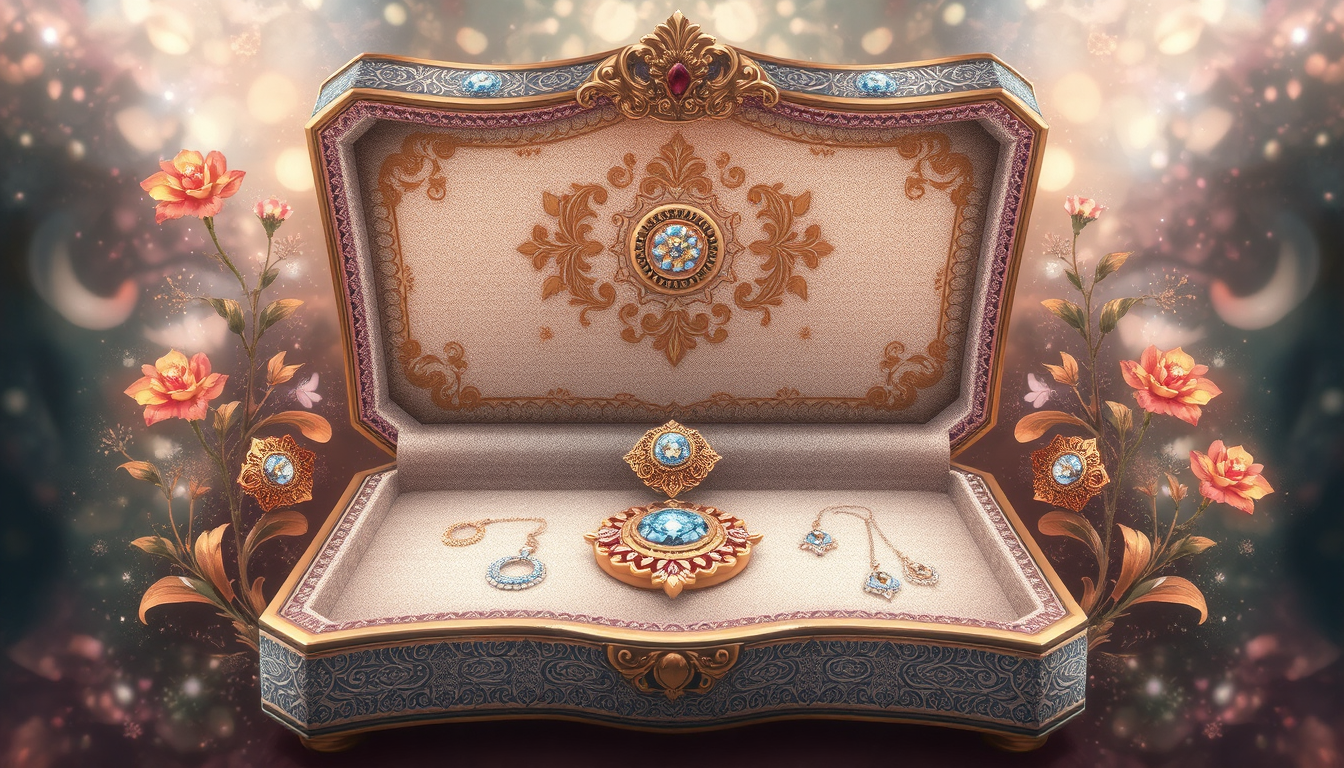
Having a custom piece made can seem difficult. We offer you easy-to-understand steps in this how-to that will allow you to take control.
Step 1: Define Your “Why” and “What”
Know what you want before reaching out to a maker. Answer these questions:
-
Purpose: Are we giving this as a gift, or making a statement for our brand, or building up a personal treasure?
-
Contents: How much jewelry will it hold? Measure the pieces if needed.
-
Aesthetic: What feeling should it have? Modern, classic, rustic, simple?
-
Constraints: What is your real budget and deadline?
Step 2: Gather Inspiration and Create a Mood Board
Photos tell your stories better than you can words. Gather images with the look and feel you are going for.
-
Look beyond other jewelry boxes. Gather inspiration from buildings or furniture or from a leaf in nature or the interior of a car.
-
Create a tactile or virtual mood board with colours, textures, material swatches and sketches.
-
Examine what works well in good products. Don’t skip reading expert reviews to learn what features you like.
Step 3: Find Your Maker and Start the Conversation
Now, a match for your project.
-
For craftspeople, search Etsy, or custom furniture directories, or attend local craft fairs or woodworking groups.
-
For manufacturers, search “custom packaging suppliers” or “jewelry box manufacturers.”
-
When you connect, show them your mood board and describe your “Why” and your “What.” Be clear about sizes, materials and what it does.
Step 4: Review the Design and Finalize the Details
Your maker will reply with a plan, perhaps containing sketches, 3D images and price.
-
Check every detail carefully. This is when you want to make any adjustments.
-
If you’re unsure, ask for samples of materials. A lot of it is just seeing and touching the wood or fabric.
-
Obtain the final price, timeline and shipping information in writing before you sign off.
Step 5: The Creation Process and Final Approval
Once you approve the design, the making begins.
-
A good artisan might send progress photos so you can see your box being made.
-
When the finished box arrives, check it thoroughly. Make sure everything fits, drawers slide smoothly, and hardware works well. This is when your idea becomes real.
Beyond the Basics: Customization Techniques That Tell a Story
To make your custom made jewelry box truly one-of-a-kind, think about adding techniques that tell a deeper story.
Engraving and Inlays
This means adding art directly to the surface.
-
Laser Engraving is very precise and can perfectly create logos, text, or even pictures.
-
Hand Carving has a depth and character that only human hands can create.
-
Marquetry/Inlay is the art of setting pieces of different wood, metal, or shell into the surface to make patterns or scenes.
Unique Finishes and Colors
The finish protects your box and defines how it looks and feels.
-
A high-gloss lacquer makes a sleek, modern, shiny surface.
-
A hand-rubbed matte oil finish soaks into the wood and shows off its natural texture and grain.
-
For something dramatic, the Japanese technique of shou sugi ban involves charring the wood to create a deep black, crackled finish.
-
For businesses, using an exact Pantone color ensures perfect matching with other marketing materials.
Hidden Features and Surprises
The most memorable boxes often hold a secret.
-
Consider adding a secret compartment with a clever opening for your most special item.
-
A small music box that plays a meaningful song when opened adds romance.
-
A well-placed, motion-activated light can brighten the contents when you lift the lid.
Conclusion
Creating a custom made jewelry box is more than just buying something; it’s an act of creation. It’s a chance to build something that perfectly shows your personal taste or brand values, something that will be used and admired.
It’s really not that hard when you know how to have it done correctly. By knowing your choices and proceeding along a clear path you can confidently commission an object of lasting worth and beauty.
Your story is unique. Your jewelry box can be, too. It is the time to create something that will be treasured in all your life.
FAQ
-
What are the different levels of customization for jewelry boxes?
There are three tiers: Personalization (including names, initials); Semi-Customization (colours, designs); and Full Bespoke (Designing a new box, something truly unique). -
Should I choose an artisan or manufacturer for my custom made jewelry box?
Opt for an artisan for personalized small quantities that may have more artistic value, or a manufacturer for large numbers and imitations that are intended for brash individuals who are not impressed by a ring representing love. -
What are the best materials for a high-quality custom made jewelry box?
Luxury woods such as walnut, cherry or maple are classic choices, but consider leather for a touch of luxury. Suede and microsuede is also the optimal lining material for the interior, as it is very gentle on jewelry. -
How long does it take to create a custom made jewelry box?
Timeframes vary greatly – handcrafted boxes taking weeks to months, to mass-produced boxes in a matter of days to weeks. -
What special features can be added to a custom made jewelry box?
Laser engraving, hand carving, secret compartments, special compartments for certain types of jewelry or even motion sensing lighting is something to think about.


